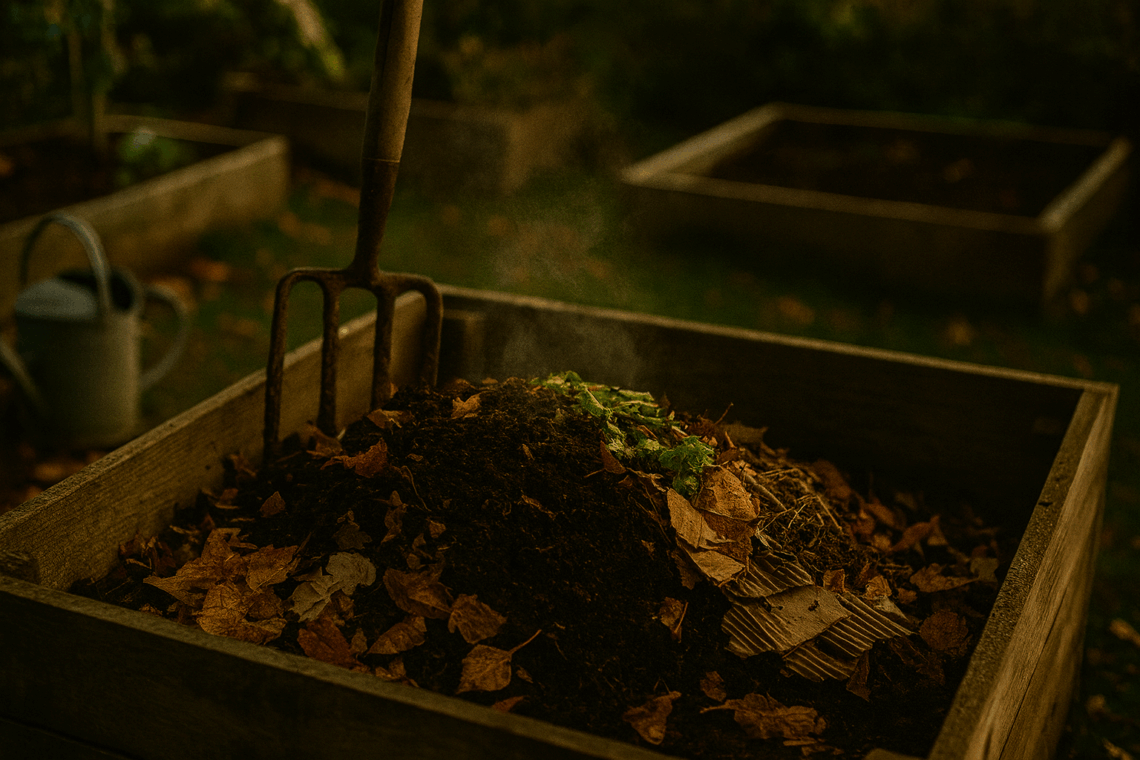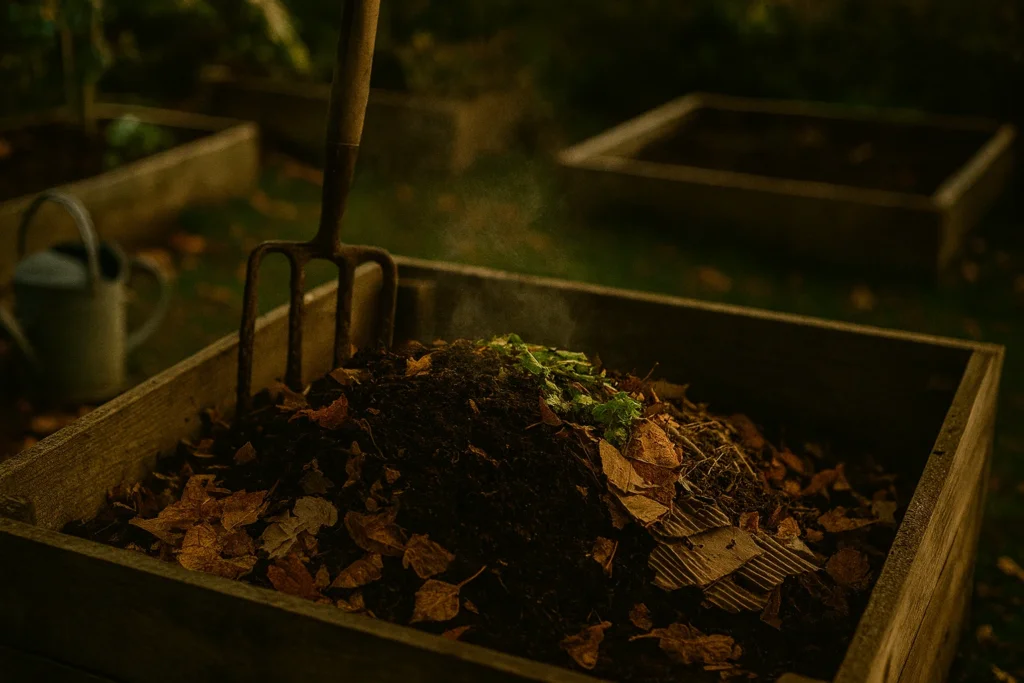
300L Outdoor Garden Compost Bin Review: Turning Waste into Rich Soil

As an Amazon Associate, we earn from qualifying purchases.
Composting isn’t just a virtuous gesture; it’s a practical way to turn kitchen peelings and garden clippings into dark, crumbly soil. The 300 L Outdoor Garden Compost Bin makes that transformation easy, even for beginners. With a generous 300 litre capacity, it swallows autumn leaves, vegetable trimmings and grass cuttings while taking up only a modest patch of ground.
Thoughtful design for easy composting
A hinged lid flips open from the top, letting you add material without fuss. A hatch door at the base allows you to retrieve finished compost without disturbing the fresher layers above. The bin’s sides are perforated with ventilation openings to encourage airflow—essential for aerobic decomposition and avoiding unpleasant smells. Its dark, UV‑resistant colour absorbs sunlight, gently warming the contents to speed up the composting process.
Durable and eco-friendly materials
Made from 100 % recycled polypropylene, the bin is weather‑resistant and built to last. It won’t rot like wood or rust like metal, and the click‑together assembly means you don’t need tools to put it together. Because it’s constructed from recycled plastic, you’re giving a second life to materials that might otherwise end up in landfill.
Large capacity without the bulk
At 300 litres, this bin holds far more than the typical 220 L garden composter, yet its rectangular footprint makes efficient use of space. That volume allows the micro‑organisms inside to generate heat and break down material faster—under the right conditions you can expect usable compost in about six months. The bin is stable when full, and the hatch door is large enough to slide out a trug or bucket of rich compost.
Tips for success
- Layer greens and browns: Alternate nitrogen‑rich greens (vegetable scraps, coffee grounds) with carbon‑rich browns (dry leaves, shredded paper) to maintain balance.
- Keep it moist, not soggy: Aim for the feel of a wrung‑out sponge. Too dry, and decomposition slows; too wet, and it becomes anaerobic.
- Turn occasionally: If you have a garden fork, mix the contents every few weeks to aerate and distribute moisture and microorganisms.
Why this bin?
Composting at home reduces the amount of waste you send to landfill and rewards you with a free soil conditioner for pots, beds and borders. The combination of ample capacity, ventilation, easy‑access hatch and recycled construction makes this 300 L bin a sensible choice for gardeners who value sustainability and simplicity.
Ready to start turning peelings into plant food? See the 300 L Outdoor Garden Compost Bin on Amazon here.


